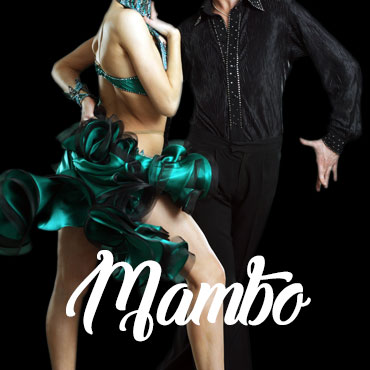The Mambo
The Mambo dance has been credited to Perez Prado, a Cuban bandleader and composer, who introduced it to La Tropicana nightclub in Havana in 1943. Its musical origins go back to Cuban composer Arsenio Rodriguez, though, who invented the style in the ‘30s. The upbeat music appealed to dancers of all levels, with easy-to-follow rhythms and jazzy undertones. By 1947, the craze had reached the United States.
When to Dance the Mambo
The original Mambo featured extreme acrobatics, but today’s more tone-downed version is perfect for intermediate dancers. Since it requires little floor space with your partner, the Mambo is great for any dancing occasion. It is typically danced to Mambo or old-school Salsa music.
Interesting Facts
- “Mambo No. 5” was originally composed by Perez Prado in 1949.
- At the height of its popularity, avid dancers were called “Mambonicks.”
- In Haiti, “Mambo” is a voodoo priestess who – amongst other things – organizes public entertainment.


